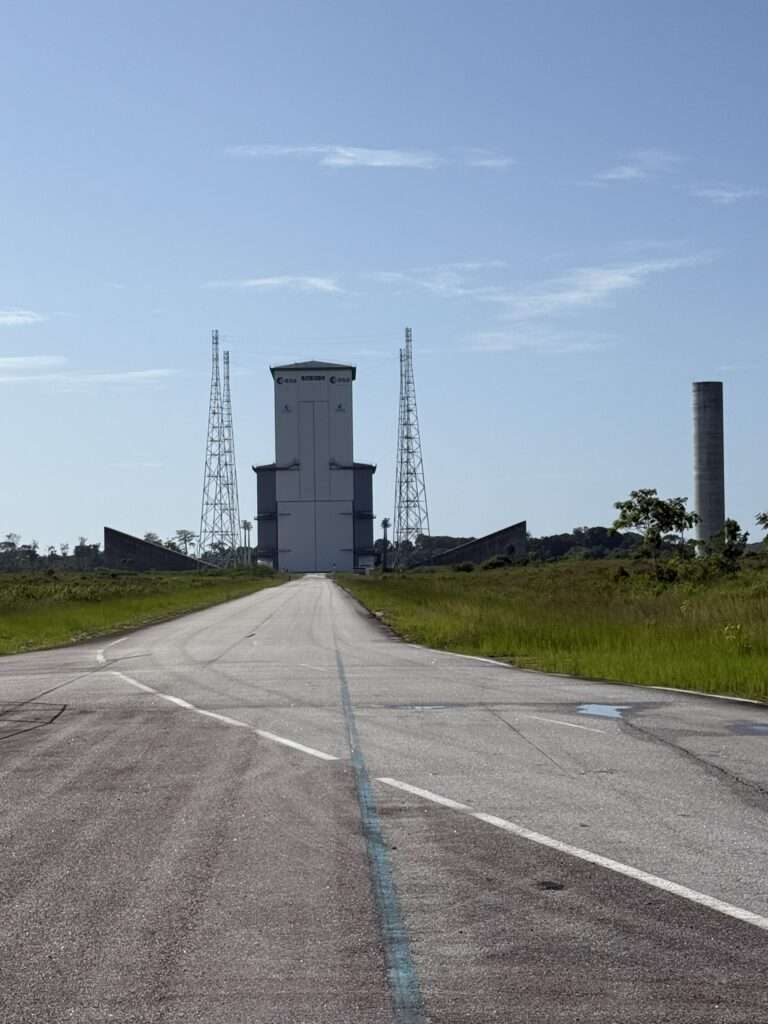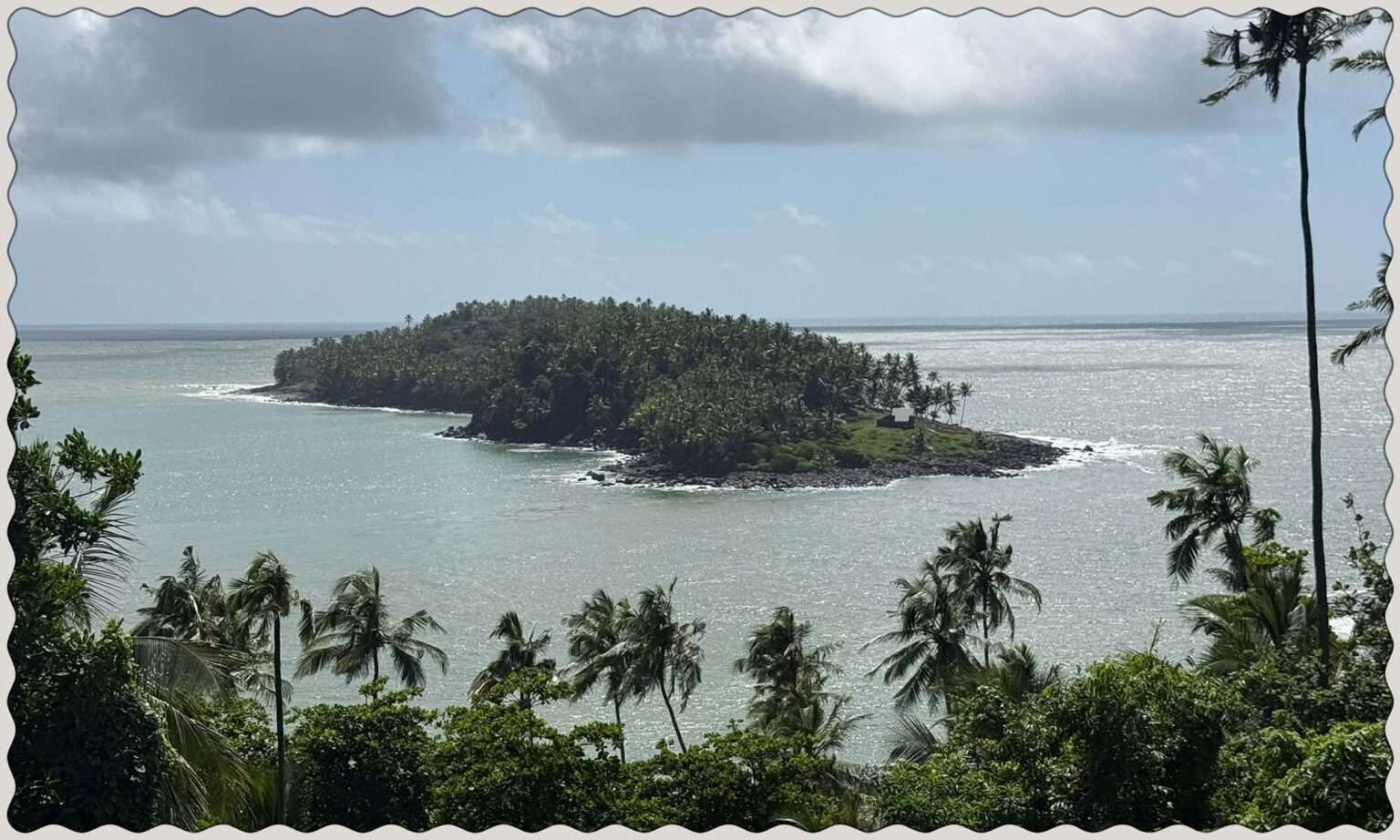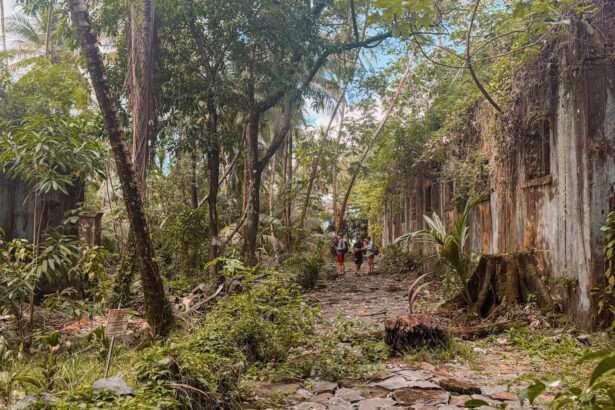French Guiana is an overseas department of France that is located in the north coast of South America within a region known as the Guiana Shield. The Guiana Shield is one of the world’s most biodiverse areas and is primarily covered in a thick rain forest from the Orinoco River in Venezuela to the west to the Amazon River in Brazil to the east.
During the colonial times the Spanish, British, Dutch, French, and Portuguese all claimed parts of this area. Today, Venezuela (Spanish), Guyana (British), Suriname (Dutch), and Brazil (Portuguese) are all independent countries. However, French Guiana has remained as a part of France meaning that they use the Euro, vote in French national elections, and are part of the European Union. In fact, French Guiana is home to the largest national park in the European Union (Guiana Amazonian Park) and the European Spaceport (Guiana Space Centre).
Destination Overview
French Guiana: Cayenne, Kourou, and Saint Laurent
Today the Guianas is a collective term that refers to Guyana, Suriname, and French Guiana which together only have a population of a little under 2 million people. The vast majority of the population lives along the coast, as most of the interior of the Guianas is covered in pristine rainforest. French Guiana has the smallest population compared to the others with around 300,000 people mostly living in the capital of Cayenne, near the European Spacesport in Kourou, or on the river border with Suriname in Saint-Laurent-du-Maroni. Tourism is not very common in French Guiana meaning that infrastructure is not robust for visitors. However, there are local tour operators that provide numerous options to explore the natural wonder of the rainforest and the coastal cities offer a variety of attractions to better understand the unique culture of French Guiana.
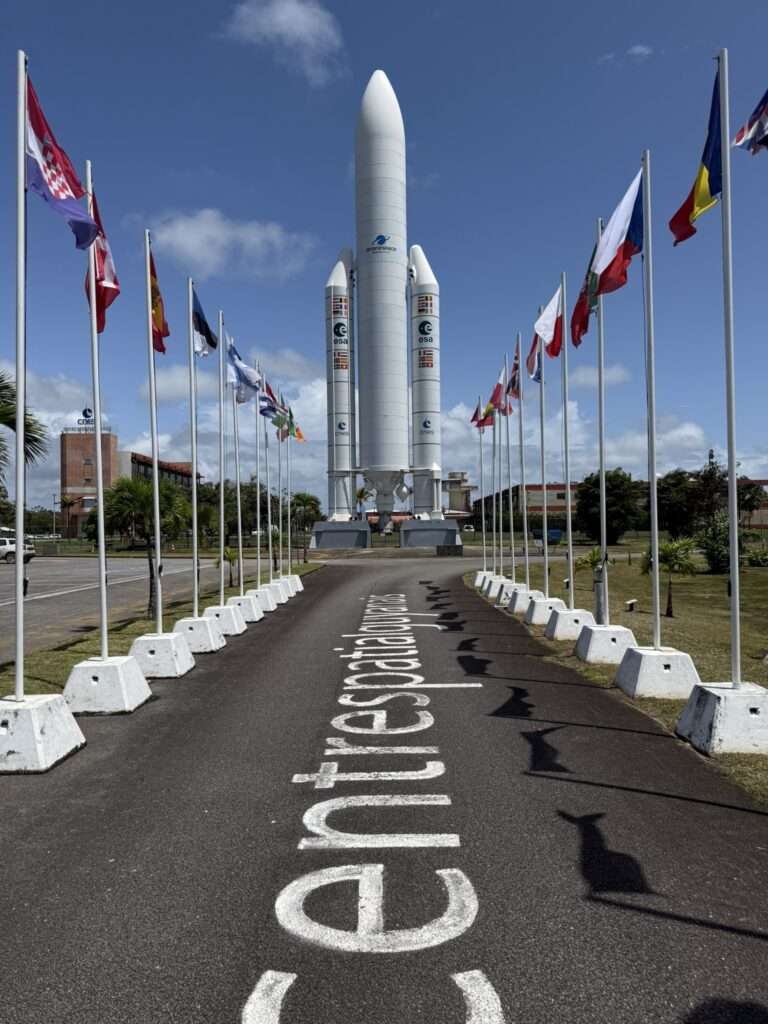
There are limited options to fly to French Guiana with Paris, Martinique, and Northern Brazil offering flights through AirFrance to Cayenne. Since the majority of the people visiting are French citizens, after deplaning the border control at the airport appeared to be non-existent and required us to find the agent to properly enter the country. Upon exiting the airport we had our first experience with the blistering heat that year round averages around 90 degrees Fahrenheit (32 Celcius). The major change in the French Guiana climate is that the rainy season runs for the first half of the year and brings torrential downpours as well as extreme humidity. On our way into town we quickly realized that locals rarely moved around during peak heat and whenever the sun was out stayed in shaded areas to avoid direct exposure.
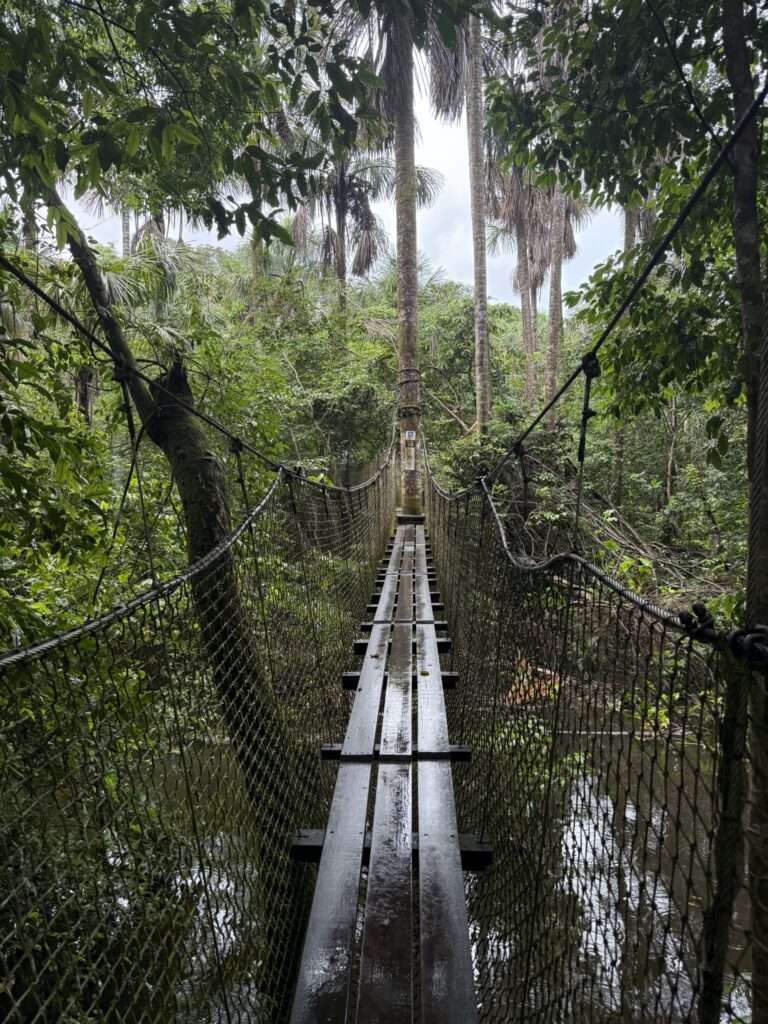
Since French Guiana is so close to the equator the daylight hours are normally from around 6am to 6pm all year. This allowed us to walk around without too much heat and check out a local restaurant for our first meal. The restaurant we chose, Kaz Dodo, specializes in creole cuisine which is a blend of the diverse African, Amerindian, and European cultures found here. We sampled an assortment (fried meat appetizer) and fricasse de poulet (chicken in creole sauce) which was a delicious first meal and made us excited to experience more of this unique culture during our visit.
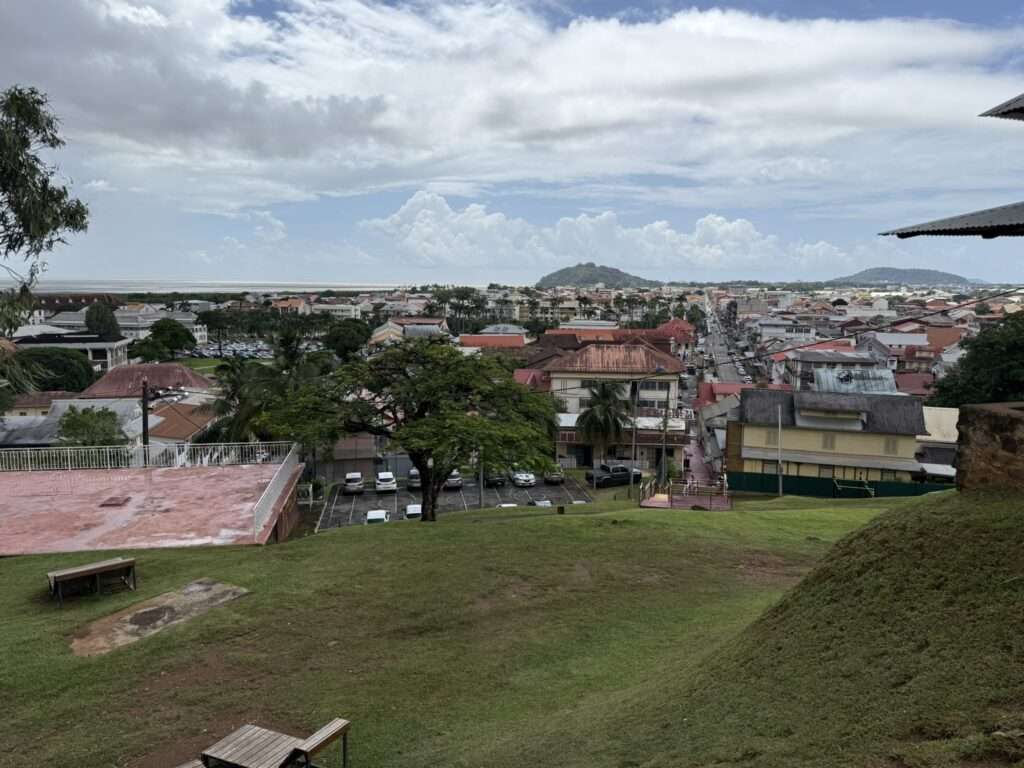
Where to Read More
Top Things to Do in French Guiana (5 Day Itinerary)
A French Guiana itinerary to help you explore this department of France over 5 days to dive into this unique culture and nature.
An Interesting Fact
French Guiana was a former French Penal Colony
In the early 1800s around the time that France ceded Louisiana to the United States, they began to develop French Guiana as a penal colony with camps along the Atlantic coast. However, it wasn’t until the 1850s that France began to send prisoners in bulk to French Guiana to a penal system that was named Île du Diable (Devil’s Island). This penal system operated for 100 years until its eventual closure in 1953. During this time it is believed that nearly 60,000 prisoners were transported from France to the Camp de la Transportation (Transportation Camp) in Saint-Laurent-du-Maroni and eventually on to the network of prisons throughout the rest of French Guiana. The majority of these prisoners never made it back to France and either died due to the harsh conditions or stayed in South America.
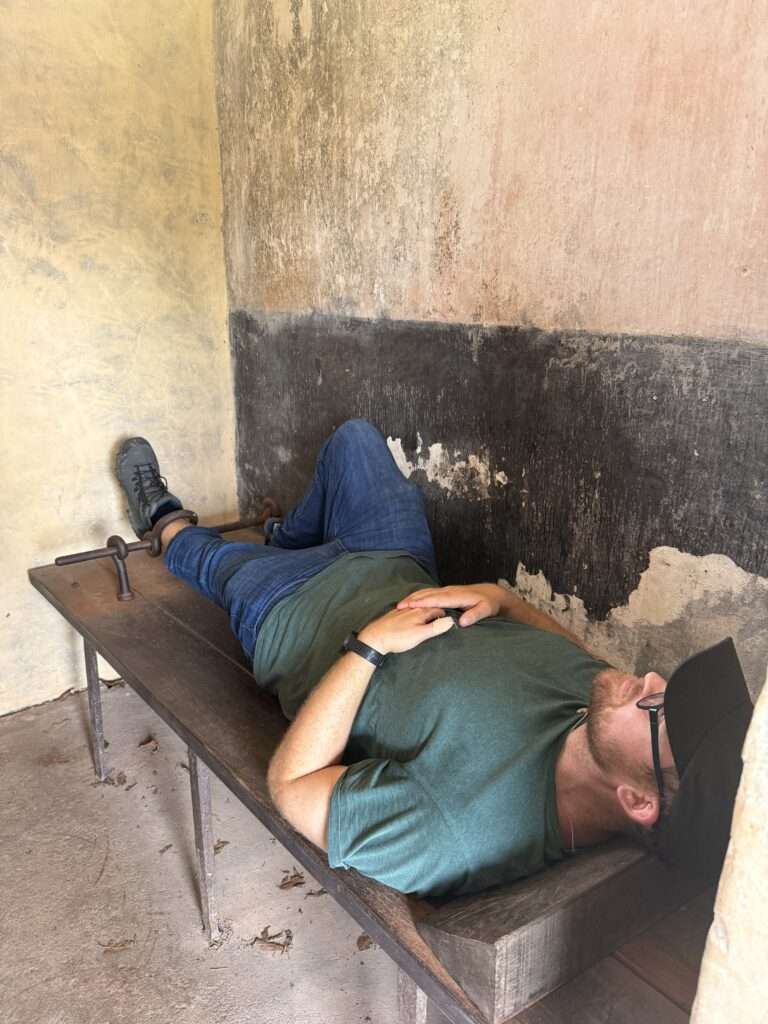
Today the Camp de la Transportation has been refurbished and offers guided tours of the historical prison to gain better context to the life of the prisoners. Throughout the tour it is clear how harsh the conditions were for the prisoners especially for those that were deemed to have exhibited inappropriate conduct. We were taken to the areas of solidary confinement and had the opportunity to briefly be subjected to some of the torture methods such as having our leg strapped in to a metal grate while being stuck on flat wooden board. They also took us to the execution areas where prisoners were gathered around for the entertainment of the guillotine and saw the holding cells where a sad message of “adieu mama” was sketched into the ground. While we did not realize how dark the tour would be, it did put into context how horrendous the penal system was in French Guiana. One last area of the tour stopped at a cell with “Papillon” etched into the ground which is believed to be one of the spaces that Henri Charrière was held in. Henri went on to write the book Papillon about his experience in the penal system although it is not believed to be entirely autobiographical, rather borrowing from many prisoners’ experiences. However, it is known that Henri was wrongly convicted of murder in 1933, served time in the penal system for about 10 years, and eventually escaped to Venezuela. From there he finally returned to mainland France in 1969 at the time of his book publishing and received a pardon for his crime in 1970.
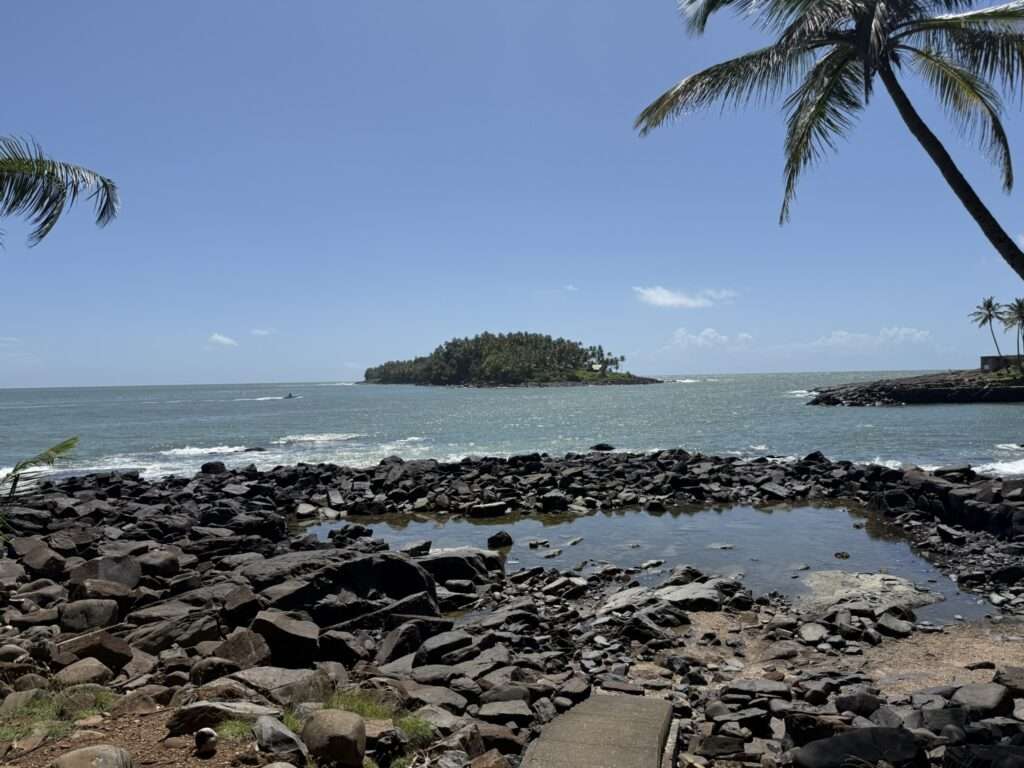
In the book Henri writes about escaping from Îles du Salut (Salvation Islands) off the coast of Kourou. These 3 islands were the most notorious given their isolation and difficulty to escape. They too can be visited on a guided tour but it is more light hearted than the one in Saint-Laurent-du-Maroni. Instead it consists of sailing on a catamaran from Kourou to Île Royale (Royal Island). Since the weather was good we passed by Île du Diable (Devil’s Island) which had the same name of the penal system and was home to the highest profile prisoners. Most of our day we were free to explore Île Royale which is home to refurbished penal buildings, one of which is now a hotel and the island also has some protected swimming areas that the guards used to enjoy during their free time. The last stop was at the third and final of the Îles du Salut, Île Saint-Joseph, which has the ruins of the penal buildings. They are a stark contrast to the other island and walking around the decayed state of the jail structure was a little eerie. The island is also home to a bay that is safe enough to swim in without worry of the strong currents common in the area. Our tour ended with a nice sail back to Kourou which was a fun way to conclude a more upbeat exploration of the historic French penal system.
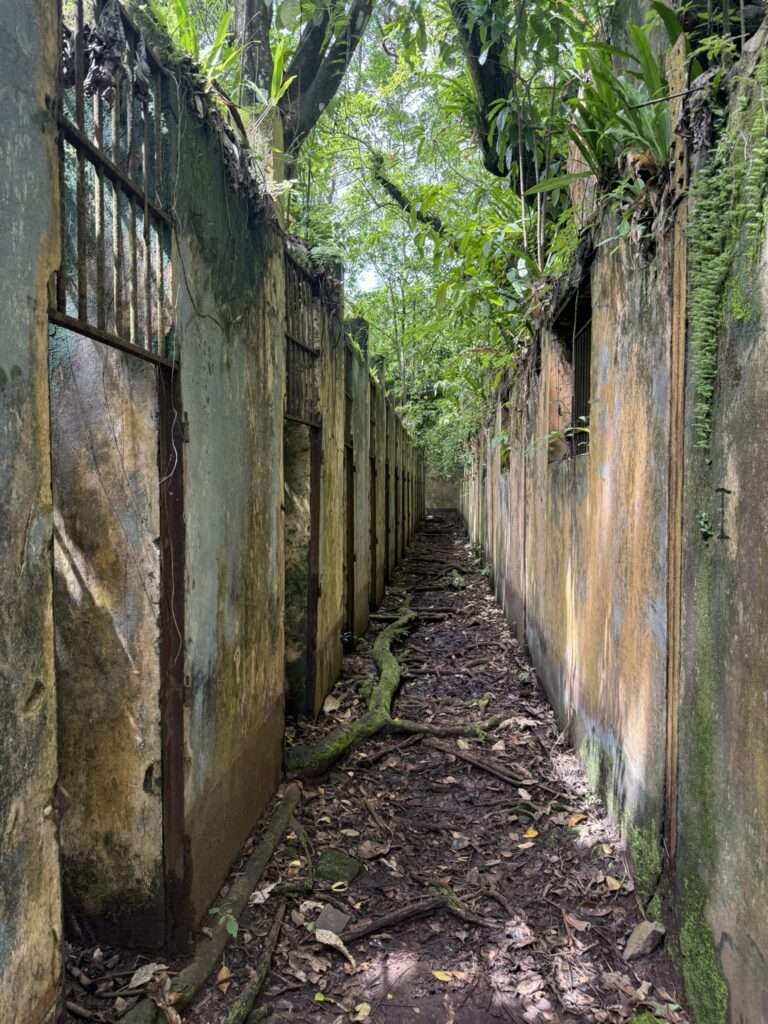
Travel Tip of the Week
Sign Up for the Free European Spaceport Tour
In 1964 France had to move its spaceport out of Algeria due to its independence and selected French Guiana because of its ideal location near the equator, close proximity to the ocean, and lack of populated areas. About 10 years later France offered the European Space Agency (ESA) the opportunity to use the spaceport in a joint investment. Today the two continue to run the spaceport in addition to numerous private companies. The Guiana Space Centre (also known as European Spaceport) is located a short drive outside of Kourou and only about an hour from the capital of Cayenne. We planned to visit it to learn more about the space center’s achievements and current usage at a modern museum that is on the sprawling government property. When looking into our visit, we uncovered that they also offer a free behind the scenes tour of the launch facilities when there are no planned launches. Since our visit coincided with no launch activity, we submitted the required documents to reserve our tour and were excited to enhance our visit for no additional charge.
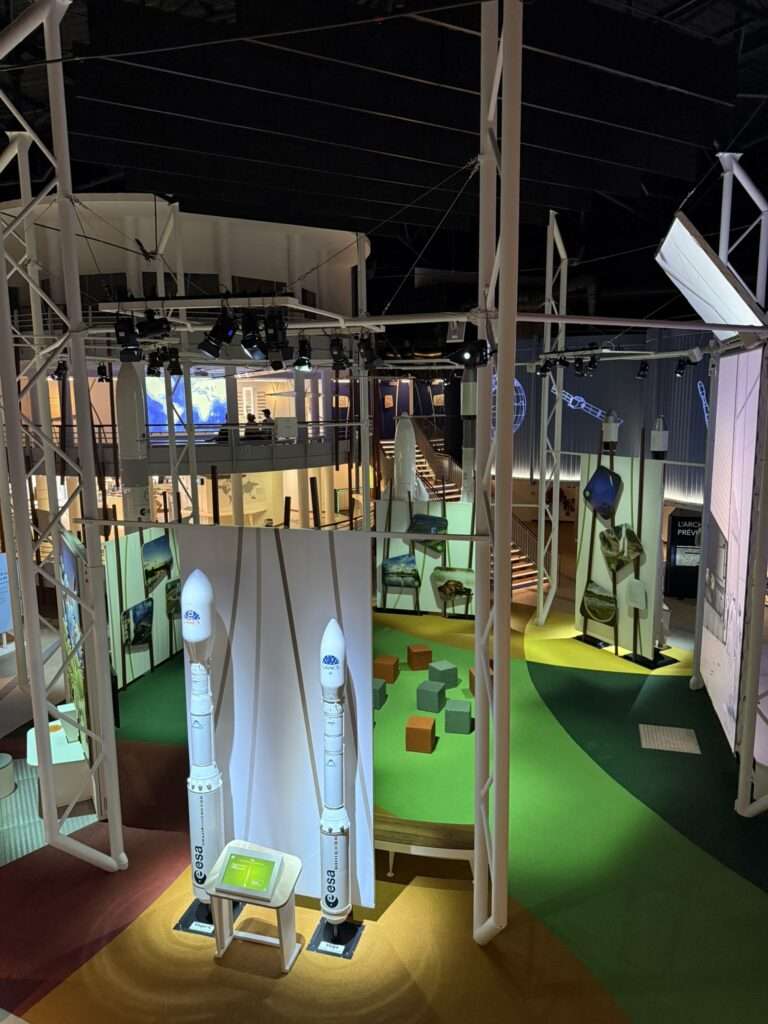
When we arrived at the Guiana Space Centre it was already impressive to see a real life replica of the Ariane 5 framed by a walkway of the European flags. We arrived about 2 hours before the tour so that we could view the museum prior and get a better understanding of the history. There were very few people in the museum which allowed us to take in the impressive achievements of the space center and interact with the informative exhibits. Our 3 hour tour started in the Jupiter Control Centre where we could see into the actual control center for launches and got an introduction to the facility by our guide. We then boarded a coach bus to go further into the launch areas that are not accessible by foot.
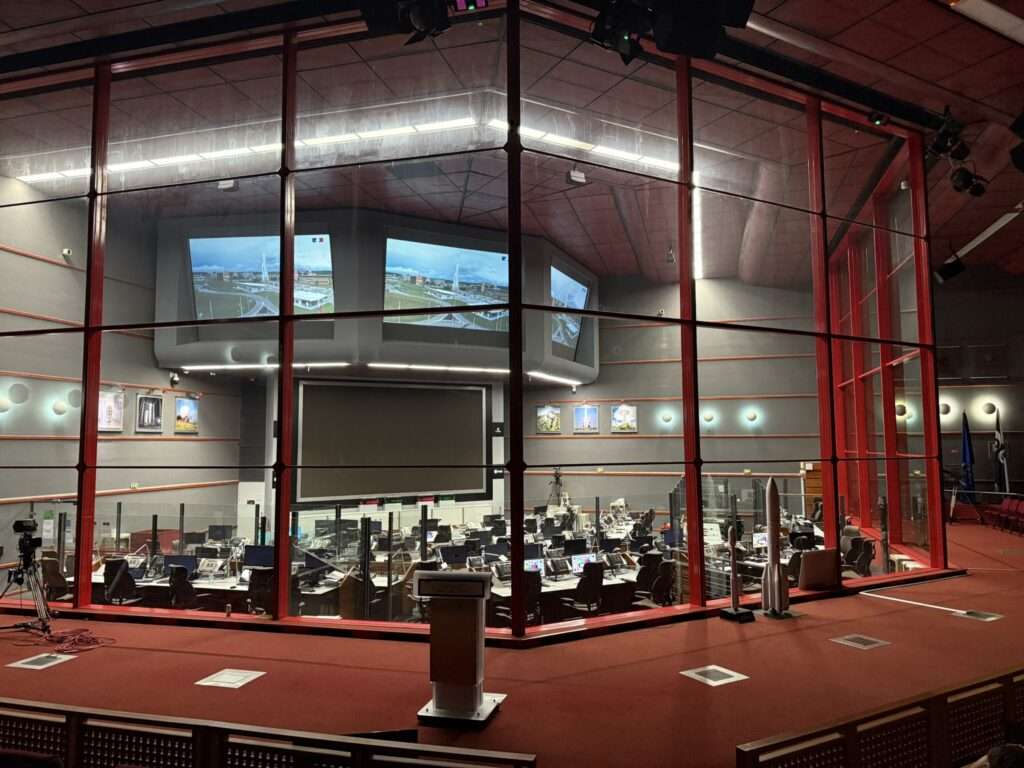
Our first stop was at Arianne Centre de Lancement No. 3 which was a sensitive launch area where no photos or videos were allowed. We continued on by bus to ELA-4 – Ariane 6 Launch Facility where we could stand at the base of the road leading to the location where rocket launches occur. It was one of the most impressive tours I have ever been on and it was unbelievable to have access to the actual facilities of one of the most important space agencies in the world. On the way back to the visitor center our guide told us that the property also has hiking trails where many rare Amazonian animals reside. She mentioned on one tour even seeing a jaguar in front of the bus. Although we didn’t have any luck with seeing animals while here, the nearby Guiana Zoo offered the ability to see rescued Amazonian animals that now have refuge in this sanctuary in the rainforest. Overall the European Spaceport tour was a highlight experience during our time in French Guiana and a must visit during a trip to this region.
